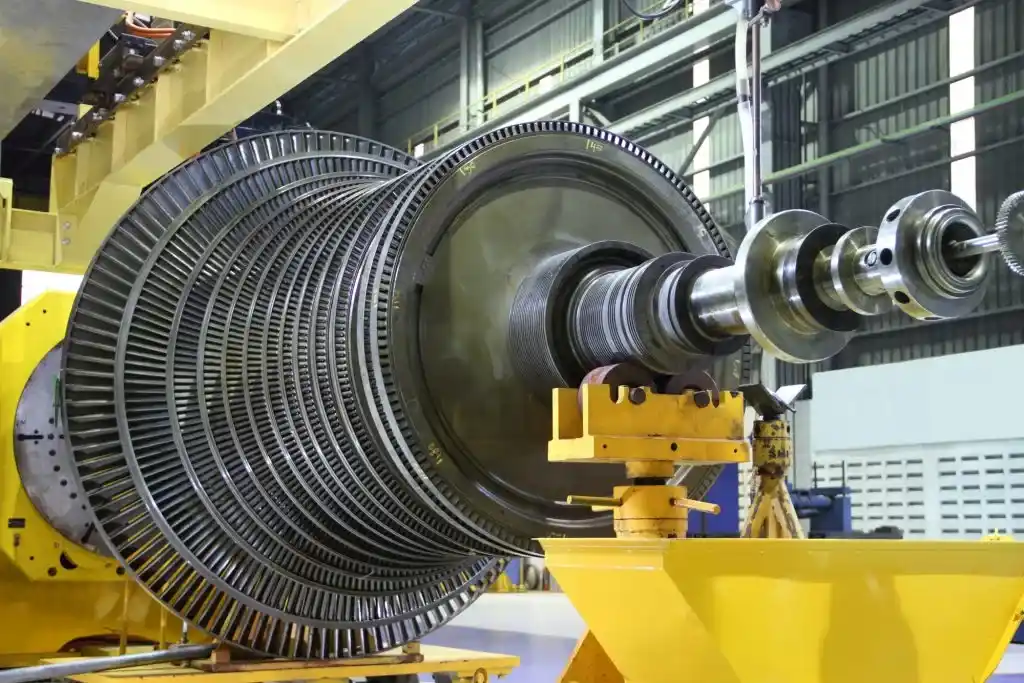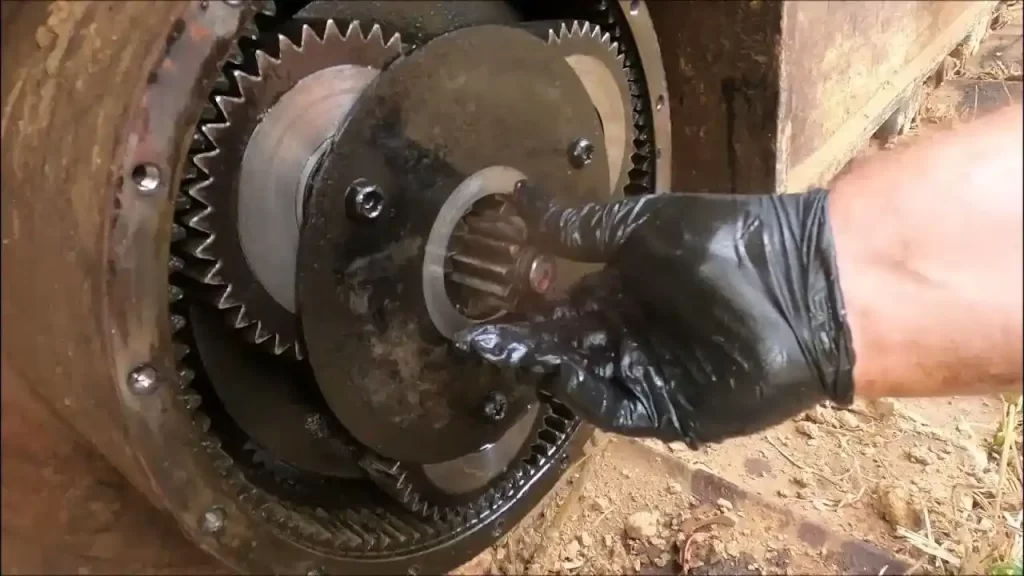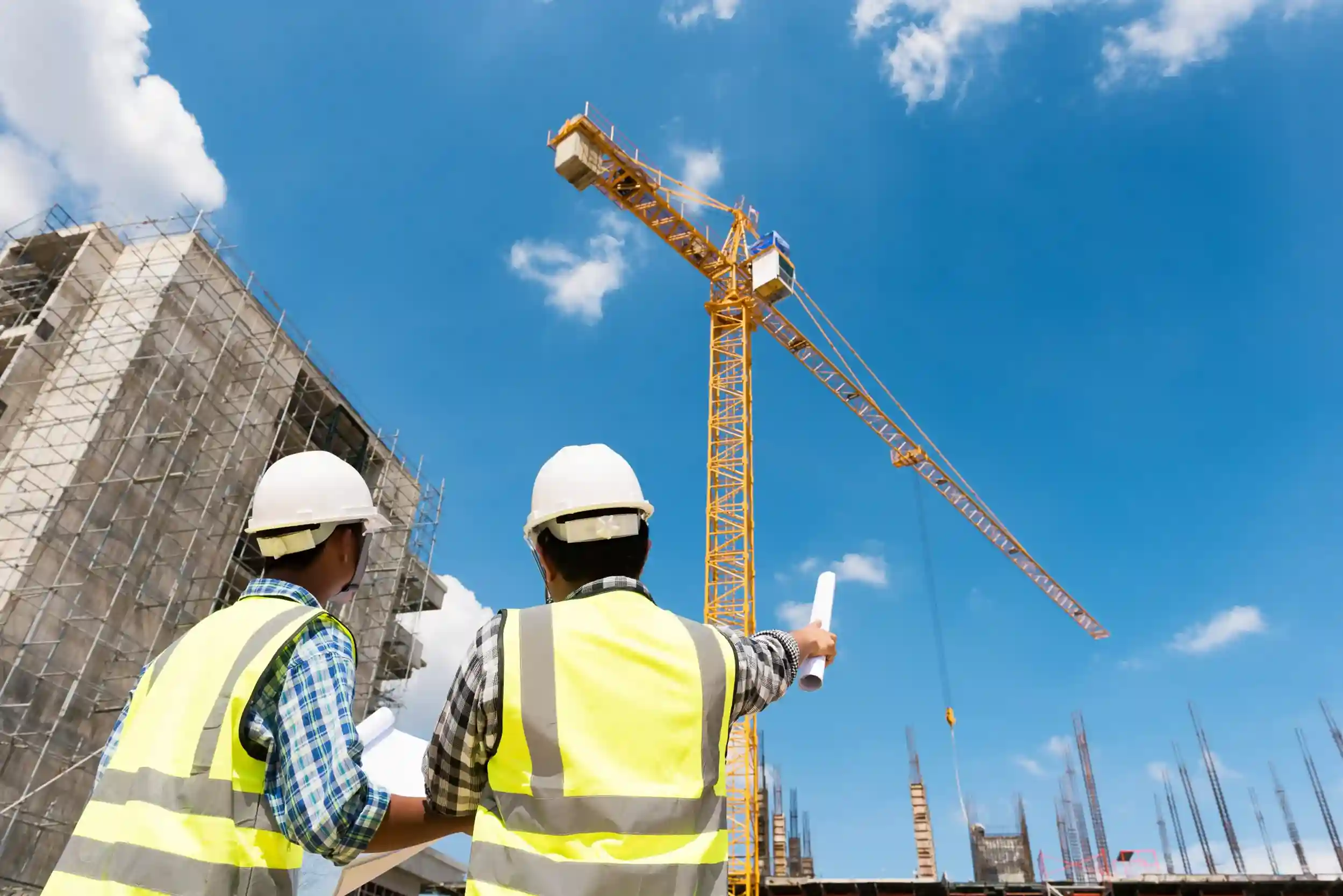What is an Idler? Functions, Types, and Importance in Heavy Equipment
What is an Idler?
An idler is a crucial component in the undercarriage system of heavy equipment that serves as a support and guide for track movement. In heavy machinery, the idler plays a significant role in maintaining stability and smooth motion, especially in vehicles such as excavators, bulldozers, and other track-based equipment.
The idler reduces the stress on the track or belt, ensuring that these components do not experience excessive tension or wear during operation. By keeping the track properly aligned and tensioned, the idler allows the machinery to work efficiently while reducing the risk of damage.

Functions of an Idler in Heavy Equipment
The primary function of an idler is to support and guide the movement of the track or chain. However, idlers also perform other critical roles in heavy equipment operations, such as:
- Reducing Track Stress: The idler helps distribute the load evenly across the track, reducing the risk of damage and extending the track’s lifespan.
- Maintaining Stability: By keeping the track’s movement straight and stable, the idler ensures the machine can move efficiently across various terrains, including rough or uneven ground.
- Minimizing Friction: Idlers are designed to reduce friction between the track and the ground or other components, which would otherwise accelerate wear.
- Maintaining Proper Tension: The idler ensures that the chain or track remains correctly tensioned, preventing it from skipping or coming off the path as the machine moves.
Types of Idlers
There are several types of idlers used in different kinds of heavy equipment, depending on the specific needs and functions. Common types of idlers in the heavy equipment industry include:
- Front Idler: Positioned at the front of the machine, it keeps the track properly tensioned and ensures stable movement.
- Carrier Idler: Located on the upper side of the track, it helps hold the chain in place while the machine moves.
- Return Idler: This idler is placed at the bottom of the track and returns the chain to its original position after a cycle of movement.
- Drive Idler: It is responsible for driving the track and ensuring the chain moves smoothly with the machine’s power.

Why Is Idler Maintenance Important?
Idlers are critical components for heavy machinery operations, so their maintenance should not be overlooked. Here are several reasons why idler maintenance is crucial:
- Preventing Track Damage: If the idler malfunctions, the track can wear out more quickly or even break, which could be costly to repair or replace.
- Reducing Operational Downtime: A worn or damaged idler can cause operational failures, leading to downtime that is detrimental to the company’s productivity.
- Ensuring Optimal Performance: Well-maintained idlers will ensure that the heavy machinery moves smoothly and efficiently, boosting productivity in the field.
- Extending Equipment Lifespan: Proper care of the idler system extends the overall lifespan of the machinery, as it reduces wear and tear on other components.
Common Causes of Idler Damage
Although idlers are designed to withstand heavy loads and intense conditions, several factors can contribute to their wear and failure:
- Overloading: Excessive or uneven loading of the equipment can put extra strain on the idler, causing premature wear.
- Lack of Lubrication: Inadequate lubrication can lead to increased friction between the idler and the track, which accelerates wear.
- Harsh Operating Conditions: Operating the equipment in rough terrain, such as rocky or abrasive environments, can lead to physical damage to the idler.
- Neglecting Regular Maintenance: Failure to regularly inspect and maintain the idler can result in undetected issues that worsen over time, leading to major malfunctions.
Heavy Equipment That Uses Idlers
Idlers are found in many types of heavy machinery, particularly those that use tracks for movement. Examples of equipment that commonly rely on idlers include:
- Excavators: Used for digging and heavy lifting, excavators rely on idlers to maintain track tension and stability.
- Bulldozers: Bulldozers use idlers to support their tracks as they move across uneven terrain.
- Cranes: Cranes with track systems depend on idlers to facilitate smooth movement, especially in construction and mining applications.
- Mining Equipment: Idlers are essential in ensuring that heavy-duty mining machines like draglines and large excavators operate without track-related issues.
SSC Works Idler Repair and Maintenance Services
At SSC Works, we specialize in providing expert repair and maintenance services for heavy machinery, including idler systems. Our team of skilled technicians can diagnose issues, repair damaged idlers, and perform routine inspections to ensure your equipment runs smoothly. Whether you’re dealing with worn-out idlers or looking to prevent future issues, SSC Works is your trusted partner in heavy equipment maintenance.
Is your heavy machinery showing signs of idler wear? Contact SSC Works today to schedule an inspection or repair service. Our team of professionals is ready to assist with all your heavy equipment needs, ensuring your machines continue to perform at their best. Don’t wait until a small issue becomes a major problem—reach out to SSC Works now!

